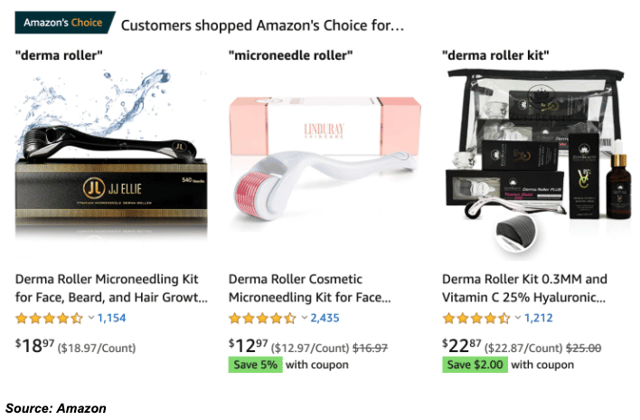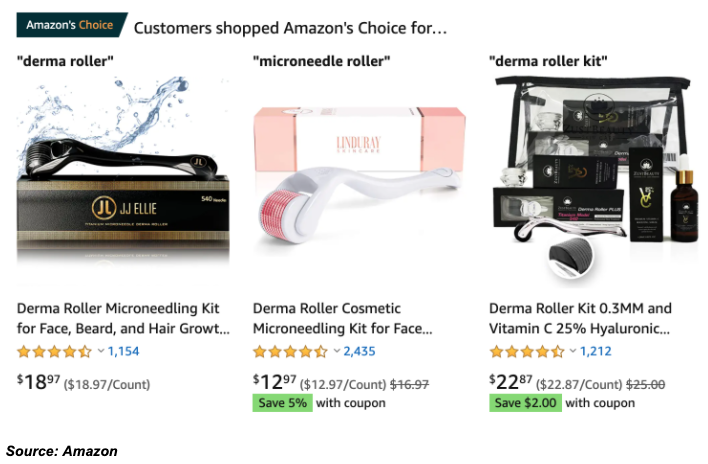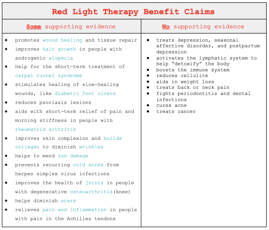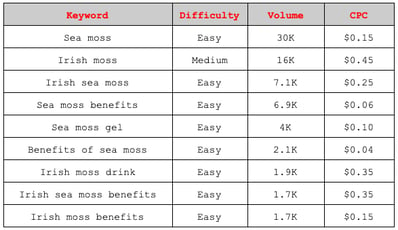nlopchantamang.com
Microneedling: The Non-Invasive Anti-Ageing Procedure That’s Taking Off
Aja Frost @ajavuu

The Signal: Every year, it seems, scientists are on the verge of one extraordinary breakthrough or another that would reverse the effects of ageing. While we wait for the miracle cure, the ~$50B anti-ageing industry continues to grow -- and grow fast. It is expected to reach a whopping ~$80B by 2024.
Two trends worth watching:
- Non-invasive, or non-surgical, aesthetic treatments (e.g., botox, chemical peels, fillers, and microdermabrasion) are becoming more popular. This is not surprising: they are cheaper, faster, and less daunting than surgical alternatives. The market for these treatments was worth $6.6B in 2018, and is expected to hit $10B by 2026.
- Rather than waiting to reverse the signs of ageing, younger demographics are investing in preventative treatments in the hopes of delaying the process altogether. Preventative botox, for example, is on the rise: 1.5m injections were given to people under the age of 40 in 2018. This represents a 4.7% increase from 2017. By comparison, total botox injections increased by 2.9% over the same period.
Enter microneedling: a relatively new, minimally invasive cosmetic procedure that is used to treat and prevent wrinkles, acne scarring, stretch marks, enlarged pores, and other skin conditions. The treatment uses a device called a “derma pen” that has tiny needles which create miniscule wounds in the skin. This triggers the body’s wound response and the production of new collagen and elastin. Treatments cost between $200-$700 per session, and most people need 3-6 sessions for optimal results.
Interest in microneedling was peaking right before the pandemic, and seems to be bouncing back as life slowly returns to “normal” for many. And for good reason: reputable studies have found microneedling to be effective in improving wrinkles and skin texture.
The Opportunity: As microneedling’s popularity grows, a few variations of the procedure have come to the market, including microneedling with added:
- radiofrequency to treat scarring (~$1.6k per session);
- platelet-rich plasma injections, also known as the “vampire facial” famously made popular when Kim Kardashian posted her blood-covered selfie to Instagram -- do not Google this, you have been warned -- (~$750 per session).
At-home DIY microneedling devices are particularly interesting given how much time everyone is spending at home. The main difference between microneedling done by a medical professional and DIY microneedling is the length of the needles (typically 2mm for pros vs. 0.25mm for the rest of us). The shorter needles, usually attached to a “derma roller” device, cause a shallower wound (and therefore less blood).

Search interest for these DIY products is on the rise according to JungleScout and Keywords Everywhere:

Sellers on Amazon are cashing in. According to JungleScout, this derma roller brings in $430k per month in revenue. The supplier moves 18k of these rollers per month at $23.99 each. With FBA fulfillment fees ($3.19), referral fees ($3.60), and an estimated procurement cost of ~$2, per unit profit margin is ~63%. This translates to ~$271k in total profit per month.
And if you think this trend is only for women, you can think again: This microneedling kit for beard growth generates $80k per month in revenue. The seller claims that the derma roller increases absorption levels of topical products, such as beard growth serums or vitamin-C moisturizers.
Other products, like this one, do a better job of targeting the product at the male market, by using male models and making a “beard growth kit” that includes a derma roller, bamboo beard comb and beard oil, which the seller claims “activates facial hair and boosts beard growth”.
While these and other at-home microneedling products have overwhelmingly positive reviews from users, some dermatologists have warned against them, saying that the products can cause unnecessary damage to the skin, since the needles are not as big as those used in the medical procedure, and therefore don’t penetrate proper holes in the skin.
Another Opportunity: Microneedling typically requires no real downtime -- even if you go into a dermatologist or beautician to get it done, it is a simple outpatient procedure that lasts about an hour. However, most people who get the treatment will have very red, dry skin for a few days. Many people want to know how to care for their skin after the treatment (at least 3.6k Google searches per month, according to Keywords Everywhere). This YouTube video, which is one of many like it, has 69k views and addresses this question specifically.
Why not team up with a dermatologist to create a microneedling pre- and after-care kit, featuring a collection of face masks and creams, as well as a schedule for when and how to apply them for optimal results? Bearing in mind that each client who gets the medical treatment will have at least 3-6 sessions, each 6 weeks apart, there is a lot of potential for repeat business.


Leave a Comment